Varying weather conditions, body types and output levels call for different amounts of insulation. Figuring out what works for you may call for a bit of trial and error, but it certainly helps to have the basics down before diving in. Here are a few key things to keep in mind when developing your layering system for the winter.
First Base
Myth: Thickness = Warmth
- Keep it lightweight. Most base layers are available in the form of a micro- or silkweight variation. Our advice would be to go with the lightest option possible simply because you can always add layers and increase your warmth if you take this route.
- When it comes to your first layer or “base layer”, thickness doesn’t always signify warmth. In fact, a key component to this first layer is to make sure it’s breathable. This means you’ll want to steer clear of cotton and stick to a synthetic or merino. Merino wool comes highly recommended for it’s natural wicking, temperature-regulating benefits and the fact that it doesn’t hold an odor like synthetics.
- Make sure it’s a snug fit. A snug base layer helps maintain warmth while wicking away sweat while active.
Examples
Second Base
The mid-layer is where it really counts. It’s the layer that you are most likely to add or ditch depending on the activity you’re engaging in and temperature outside. Midlayers need to be functional and easily compressible so as not to hinder your activity.
Here are a few options for mid-layers:
- Fleece: Varying in thicknesses based on style, this could be anything from a full zip jacket or a 1/2 zip pullover.
- Vests: A great option for upper body movement activities as well as the person whose body acts as a real life heater.
- Down-Insulated: Ideal for colder conditions, down-insulated mid-layers make for a great warmth layer and are usually lightweight, low bulk and easily compressed.
Examples
Third Base
Your shell is your most advanced layer. It’s the layer that protects the other two so they can properly do their jobs to keep you warm.
Some things to consider when choosing an outer shell is whether or not it has open seams or taped seams. Taped seams are a life saver when you’re out in high moisture driven climates – be that rain or melting snow/ice. While most outer shells fabric is waterproof or water resistant, the thing that makes the jacket as a whole waterproof is whether or not the seams can lock out moisture.
Also, while Gortex is more commonly known in the outdoor world, several brands have began forming their own breathable and waterproof fabrics for their shells – so don’t count those guys out.
Examples
Home Run
Winter hiking or cross country skiing not making your yearly to-do list? There are plenty of great waterproof, insulated, breathable jackets out there that could meet your everyday needs by offering all three layers in one.
The obvious downside is that you lose a little bit of the flexibility and may get too hot or too cold – but who doesn’t like an excuse to not plan ahead and pack less
Examples
Key Accessories
Let’s get real – the warmth doesn’t just start and stop with your core. Here is a quick list of other items, along with a few store favorites, that will help keep you warm this winter:
- Long Underwear / Bottom Baselayers
- Windproof / Snow Pants
- Buff/Balaclava
- Scarf
- Stocking Cap
- Mittens / Gloves
- Winter Socks
- Hot Hands / Toe Warmers


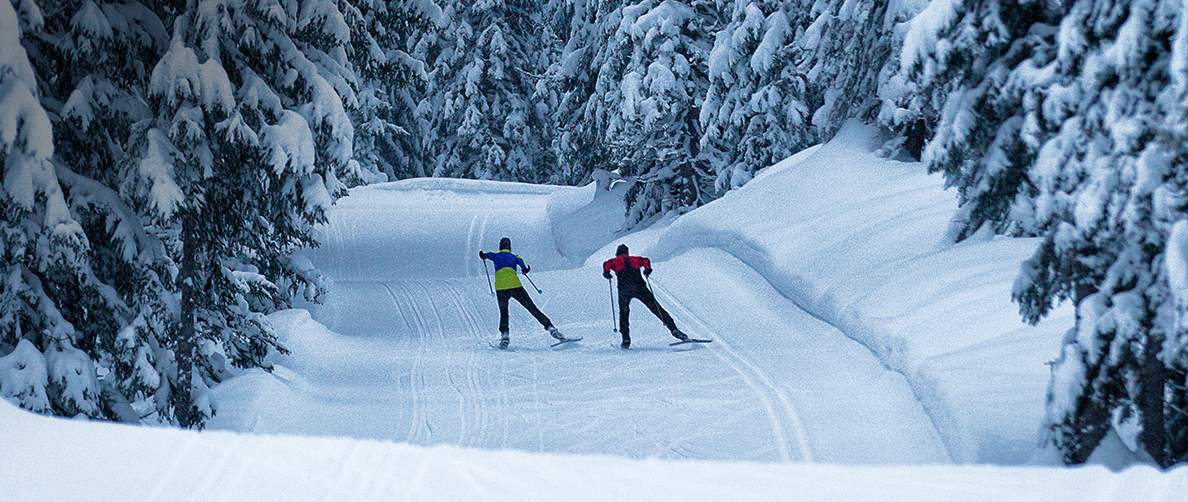
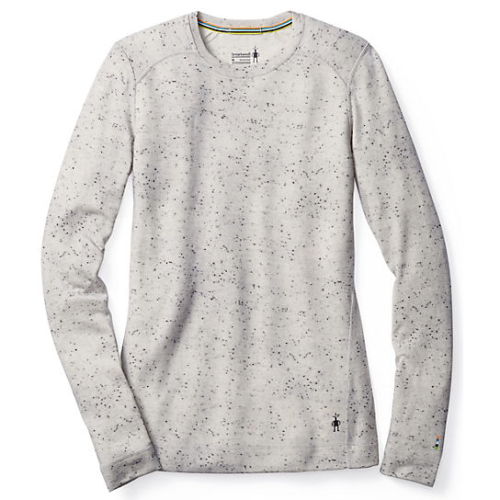
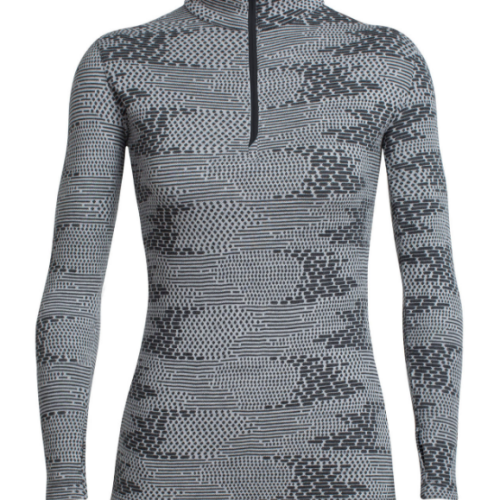
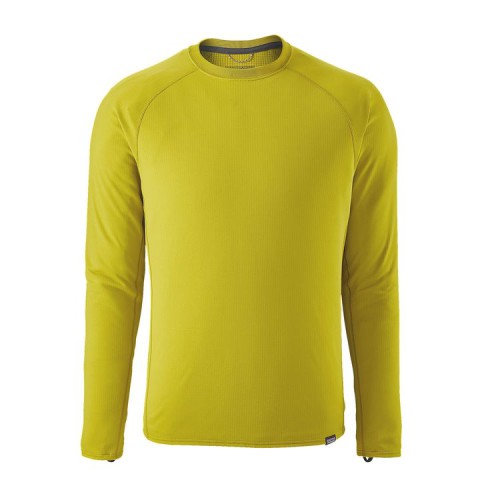
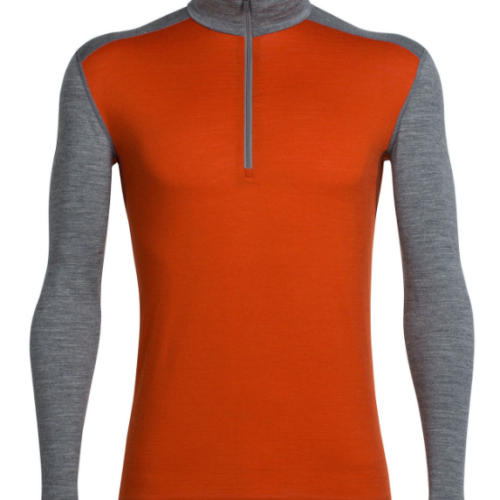
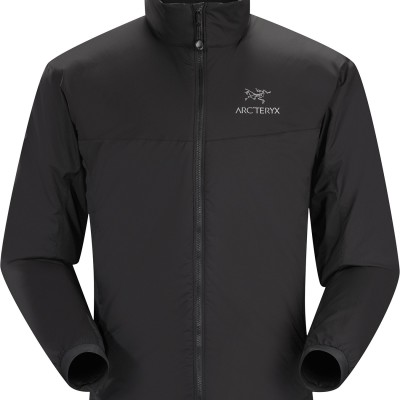
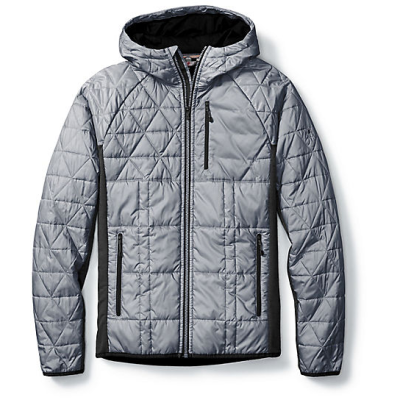
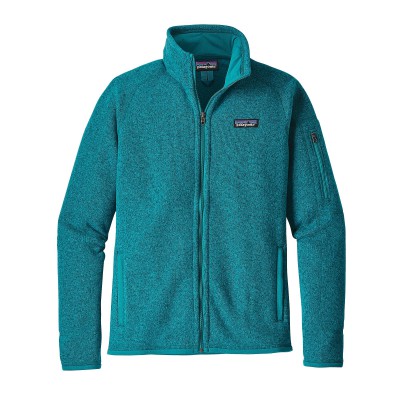
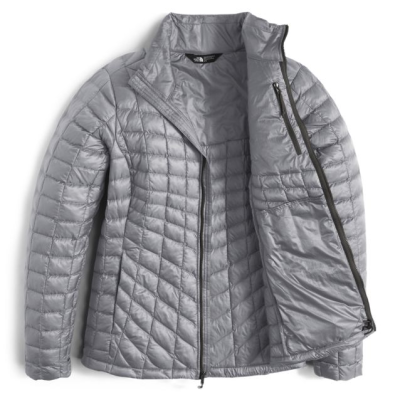
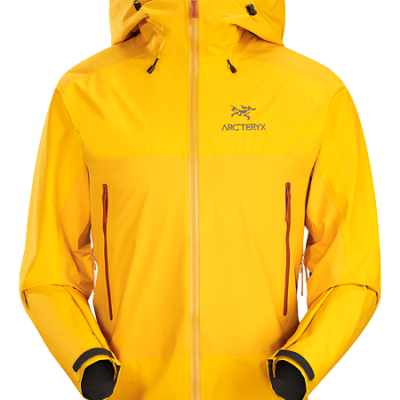
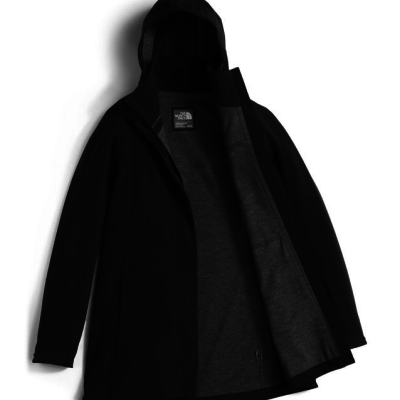
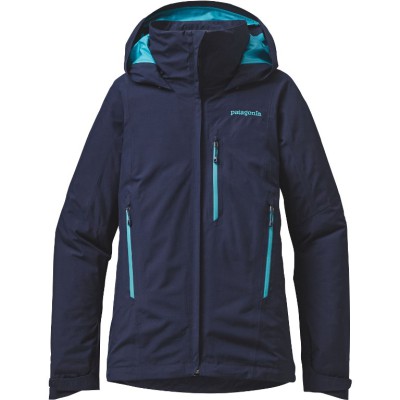
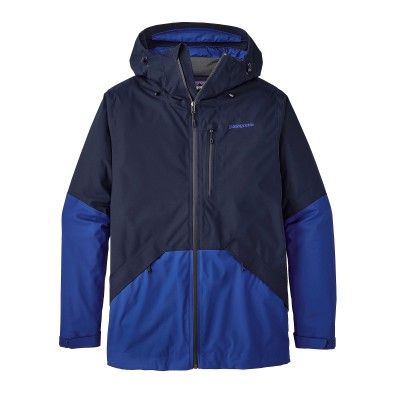
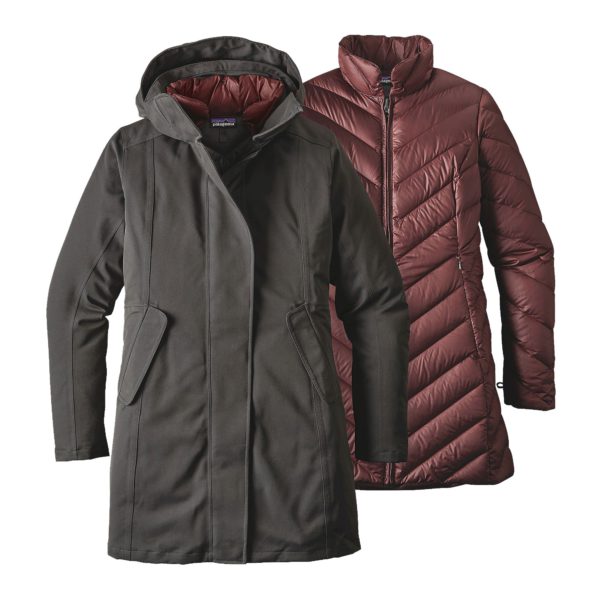
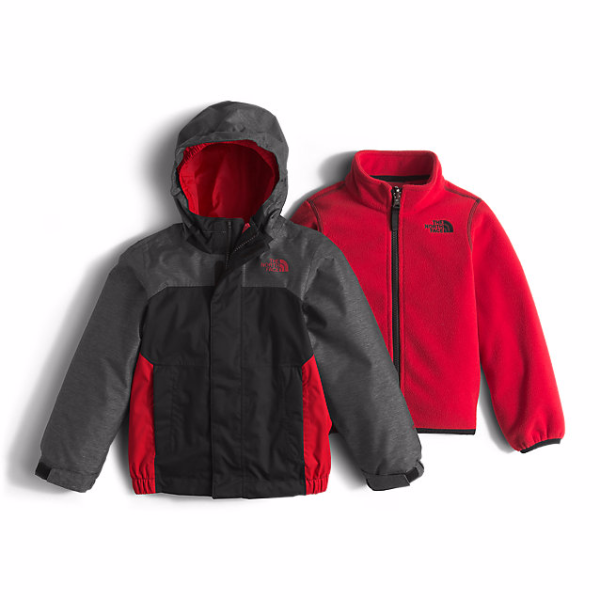
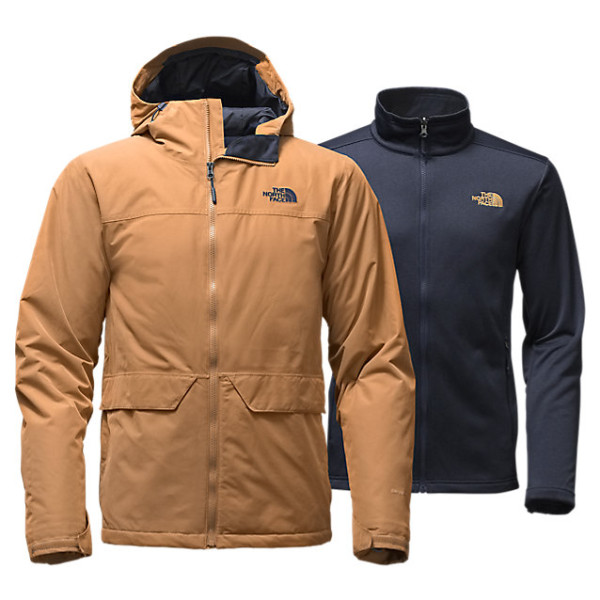
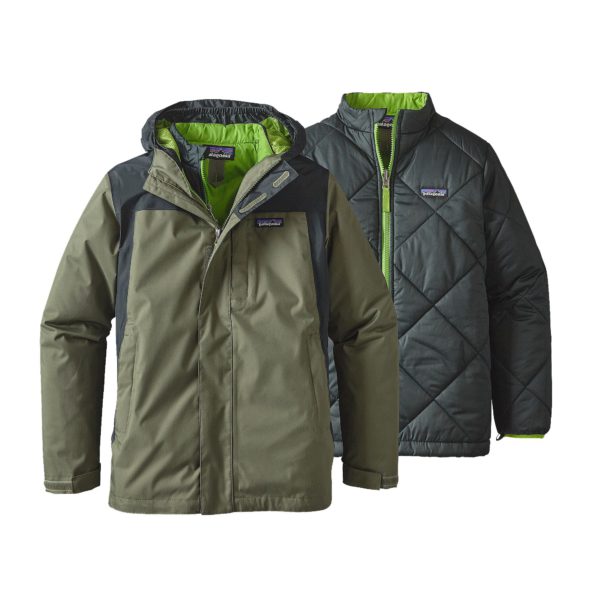
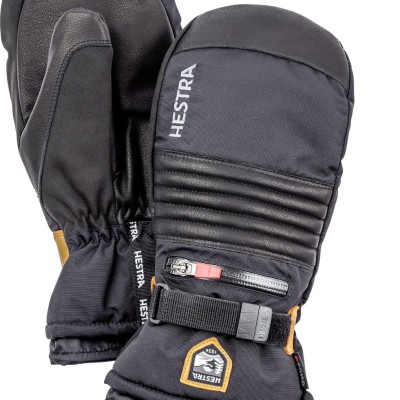
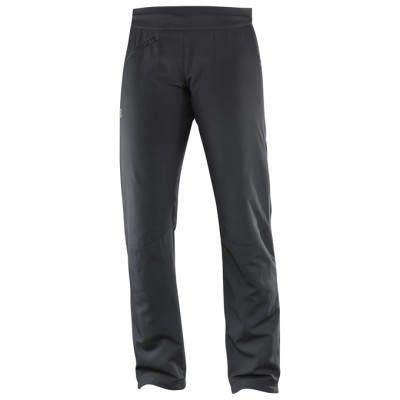
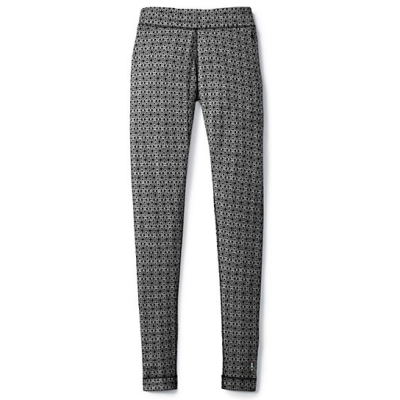
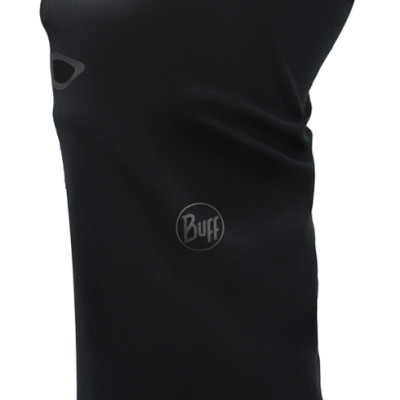
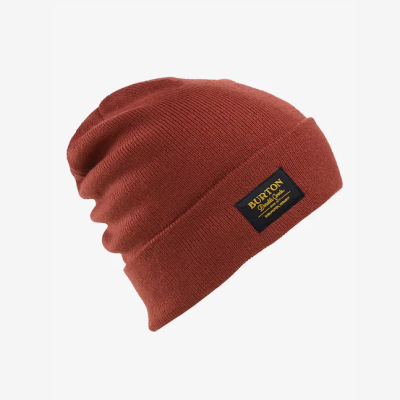
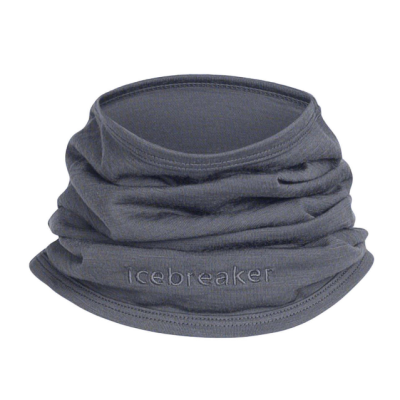
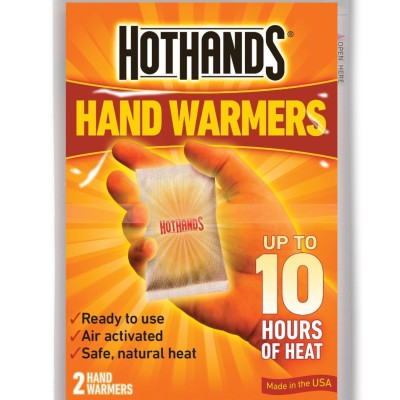
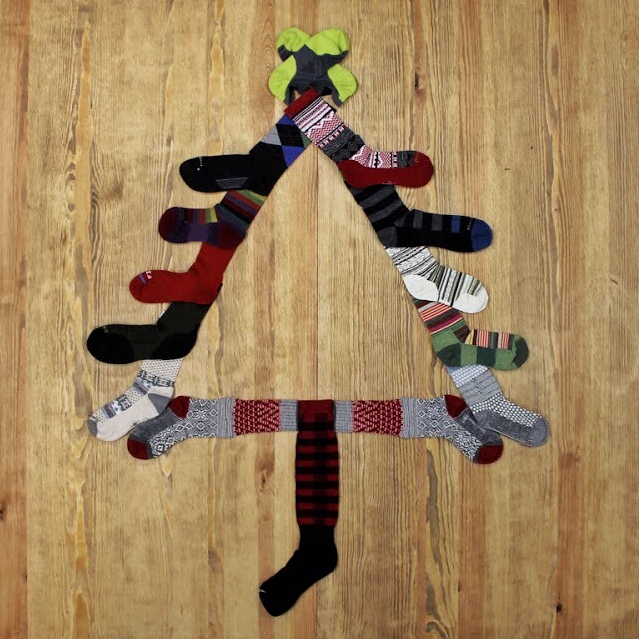

Great tips, thank you.